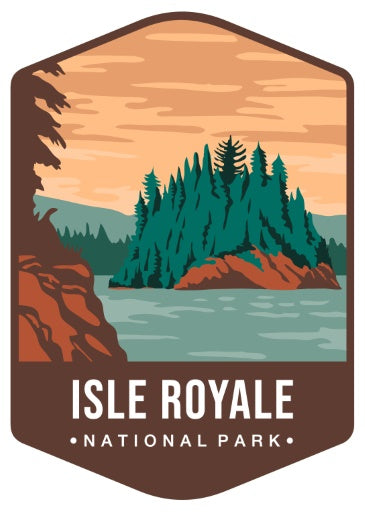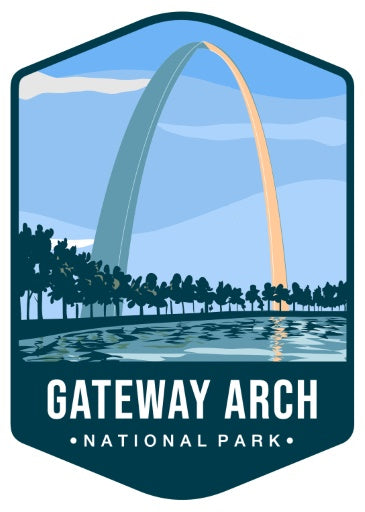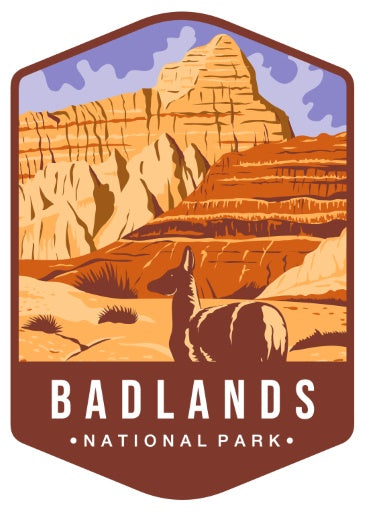WUDN
March-2024
Exploring the Great Outdoors: 5 Must-Visit Features of Every National Park in the United States
WUDN Outdoor Adventure (National Park Series)

Part 62 of Our National Park Series
Hawaii Volcanoes National Park: Where Fire Meets the Sea
National Park Series > Hawaii, Guam, American Samoa & Northern Mariana Islands > Hawaii Volcanoes National Park
Back to the Table of Contents
Hawaii Volcanoes National Park, located on the Big Island of Hawaii, is a place of wonder where the raw power of volcanic forces shapes the landscape. From towering volcanoes to lush rainforests and otherworldly lava fields, the park offers a mesmerizing glimpse into the geological forces that continue to shape the Hawaiian Islands. Here are the top five activities to experience during your visit:

Top 5 Outdoor Adventures in: Hawaii Volcanoes National Park
1. Exploring Kīlauea and Mauna Loa:
Venture into the heart of the park to witness the awe-inspiring spectacle of Kīlauea and Mauna Loa, two of the world's most active volcanoes. Drive the Crater Rim Road to explore the summit area of Kīlauea, where you can visit the Jaggar Museum, Halemaʻumaʻu Crater, and steam vents. For a more immersive experience, hike the trails that traverse the summit caldera, offering panoramic views of the volcanic landscape.
2. Visiting the Thurston Lava Tube:
Step back in time and explore the Thurston Lava Tube, a natural underground tunnel formed by flowing lava. Walk through the cool, dimly lit passages of the lava tube and marvel at the unique geological features created by volcanic activity. The Thurston Lava Tube is easily accessible via a short trail near the park's entrance and is suitable for visitors of all ages.
3. Hiking the Napau Trail:
Embark on a journey through the otherworldly landscapes of the Napau Trail, which traverses vast lava fields and ancient forests near the summit of Kīlauea. Hike to the Puʻu Huluhulu Overlook for stunning views of the surrounding lava fields and Mauna Loa in the distance. Along the way, keep an eye out for native plants and wildlife, including the elusive nēnē (Hawaiian goose) and rare endemic species.
4. Watching the Lava Flow:
Experience the raw power of volcanic activity by witnessing a lava flow in action. While lava flows are unpredictable and may not always be visible, visitors can often see active lava flows from designated viewing areas within the park. Join a ranger-led hike or take a guided tour to safely observe the lava as it flows into the ocean, creating new land and reshaping the coastline in real time.
5. Stargazing:
Escape the glow of city lights and marvel at the brilliance of the night sky above Hawaii Volcanoes National Park. Set up a telescope or simply spread out a blanket and gaze in awe at the countless stars overhead. On clear nights, you can see the Milky Way stretching across the sky, as well as planets, constellations, and even the occasional meteor shower.
Whether you're exploring volcanic landscapes, hiking through ancient forests, or stargazing under the clear island skies, Hawaii Volcanoes National Park offers endless opportunities for outdoor adventure, scientific discovery, and cultural exploration.
In Virgin Islands National Park, some of the top attractions that draw visitors from around the world include:
The Top 5 Must-See Attractions of Hawaii Volcanoes National Park are:
Some Real Wooden Style for Your Trip
We are working on more branded merch to accompany your trip. In the meantime, here is a pair of real wooden shades for some excellent style while you hike the beaches and volcanos of Hawaii Volcanoes National Park.
How to Get To Hawaii Volcanoes National Park
To get to Hawaii Volcanoes National Park, follow these steps:
Fly into Hilo: The nearest major airport to Hawaii Volcanoes National Park is Hilo International Airport (ITO), located on the eastern side of the island of Hawaii. You can fly directly to Hilo from various cities in Hawaii and the mainland United States.
Rent a Car: Renting a car is the most convenient way to explore Hawaii Volcanoes National Park and the surrounding area. Several car rental companies operate at Hilo International Airport, offering a variety of vehicles to suit your needs.
Drive to the Park: From Hilo, take Highway 11 (Hawaii Belt Road) southwest towards the town of Volcano. Continue on Highway 11 until you reach the entrance to Hawaii Volcanoes National Park. Follow the signs for the park's visitor center and main attractions.
Entrance Fees: Upon arrival at the park entrance, you'll need to pay the entrance fee, which is valid for seven days. Alternatively, if you have a valid America the Beautiful Annual Pass or a National Park Pass, you can use it for entry.
Plan Your Visit: Before you go, be sure to check the park's website for any alerts, road closures, or weather advisories. It's also a good idea to bring plenty of water, snacks, sunscreen, and layered clothing, as temperatures can vary widely within the park.
History and Creation of Hawaii Volcanoes National Park
Hawaii Volcanoes National Park, located on the island of Hawaii, has a rich history intertwined with the geological forces that shaped the island's landscape. The area has been inhabited by Native Hawaiians for centuries, who revered the volcanic activity as part of their cultural and spiritual beliefs.
In the late 19th century, geologists recognized the scientific significance of Hawaii's active volcanoes and began advocating for their preservation. On August 1, 1916, President Woodrow Wilson signed a bill establishing Hawaii National Park, which initially included the summits of Mauna Loa and Mauna Kea, as well as the Kilauea Caldera.
Over time, the park's boundaries expanded to encompass additional areas of geological and cultural importance. In 1961, Hawaii National Park was divided into two separate entities: Hawaii Volcanoes National Park, which focused on the island's volcanic landscapes, and Haleakalā National Park, which protected the volcanic landscapes of Maui.
Today, Hawaii Volcanoes National Park encompasses over 300,000 acres of land, including two of the world's most active volcanoes: Kīlauea and Mauna Loa. The park attracts visitors from around the globe who come to witness the awe-inspiring displays of volcanic activity, explore the unique ecosystems shaped by lava flows, and learn about the island's geological and cultural history. It remains a testament to the power of nature and the ongoing processes that continue to shape the Hawaiian Islands.
/Fin. Hawaii Volcanoes National Park
As we conclude our exploration of Hawaii Volcanoes National Park, we reflect on the dynamic forces that have shaped this extraordinary landscape over millennia. From the fiery eruptions of Kīlauea and Mauna Loa to the lush rainforests and vibrant ecosystems that thrive in their wake, this park is a testament to the ever-changing nature of our planet. Whether you've witnessed the glow of molten lava flowing into the ocean, trekked through ancient lava tubes, or stood in awe at the summit of Mauna Loa, the experiences gained here are nothing short of unforgettable. As you bid aloha to this sacred land, may the spirit of Hawaii Volcanoes National Park continue to inspire you to explore, discover, and preserve the wonders of our natural world for generations to come.
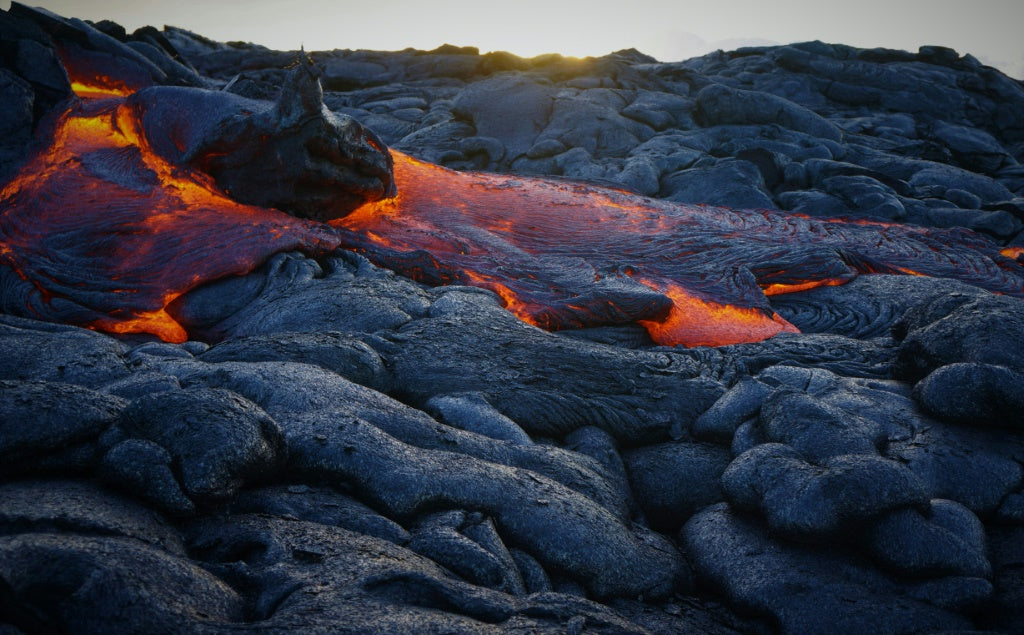
Outdoor Adventure Giveaway
Get Some Real Wooden Style for Your Next Outdoor Adventure
The April Edition of the Outdoor Adventure Giveaway is Closed.
Winner Selected on 5/1/2024
CONGRUTALATIONS: Ted P from Wisconsin

How to Prepare for a Visit to a US National Park
Our top-10 list to get you prepared and a bonus section on Bears!
Read More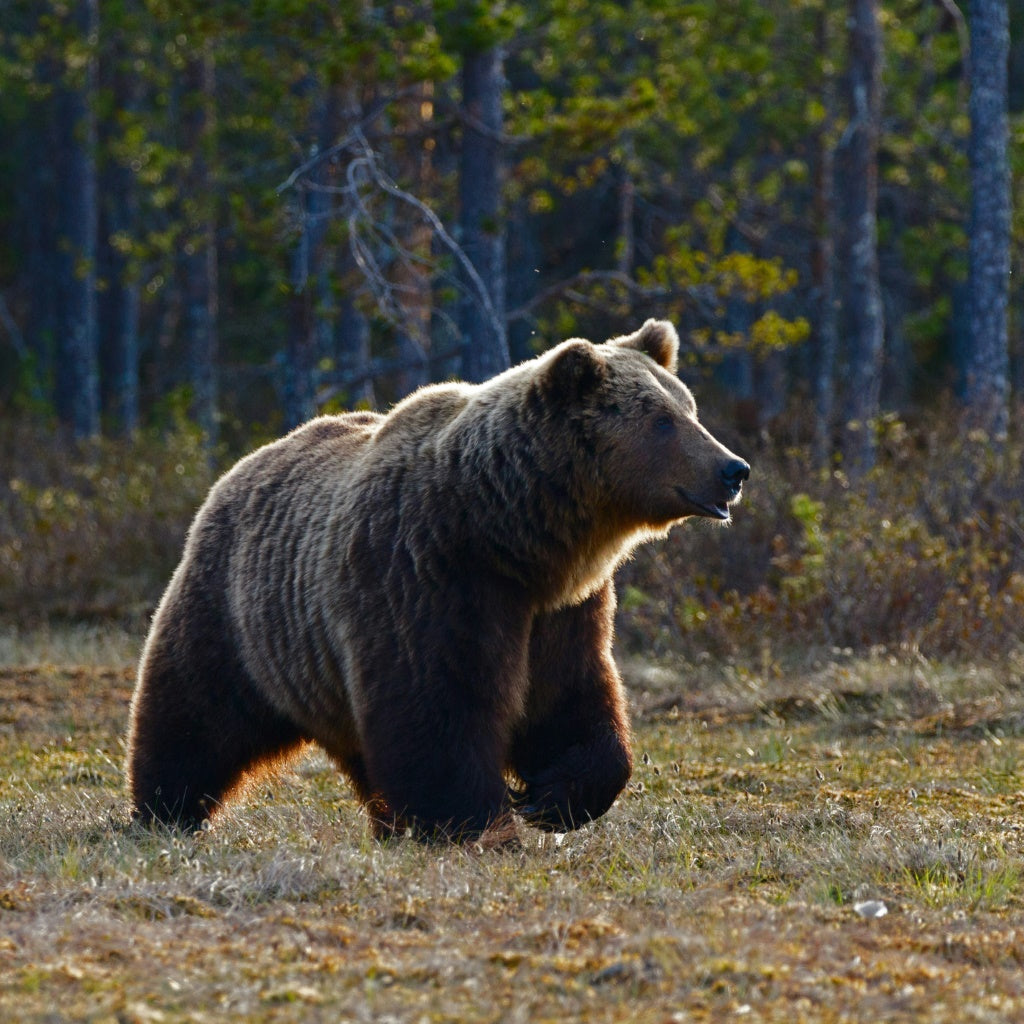
20 Must Have Gadgets for Your Next Outdoor Adventure
Our curated list to keep you safe and productive on your next outdoor adventure.
Read More
About the Author

Jaimeleigh Christian
Jaime is passionate about the outdoors and traveling throughout these gorgeous United States. Especially National Parks in the Pacific Northwest.
Tags
Travel
Outdoor Adventure Series
National Parks
Tour Guide
You May Also Like
Want To Receive More Outdoor Adventures?
Follow us to receive the latest adventures

